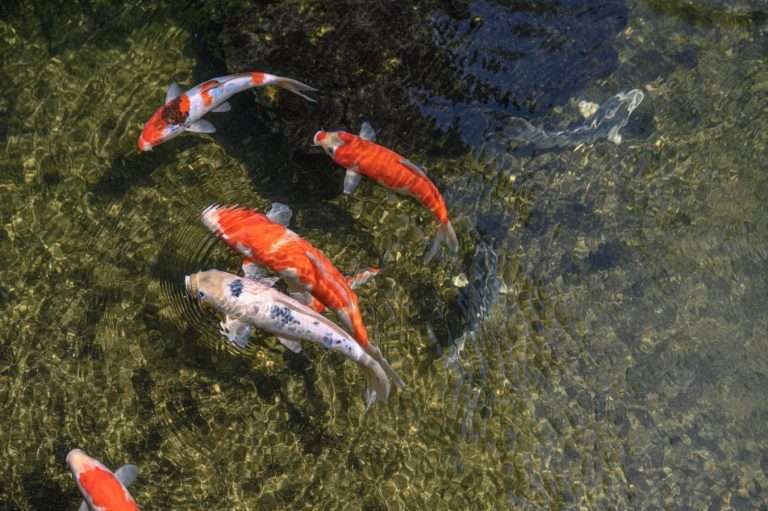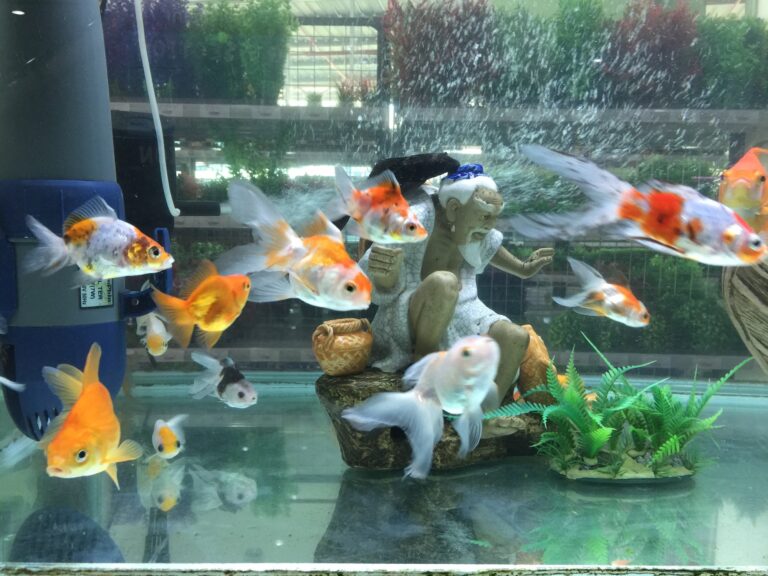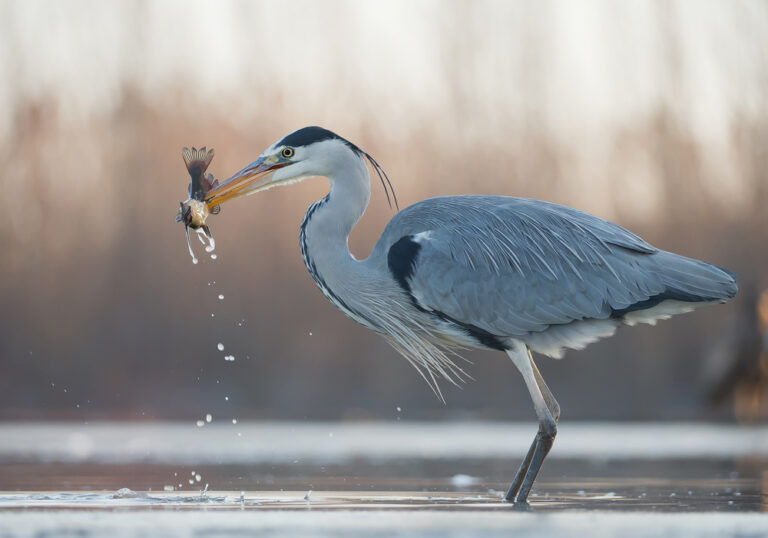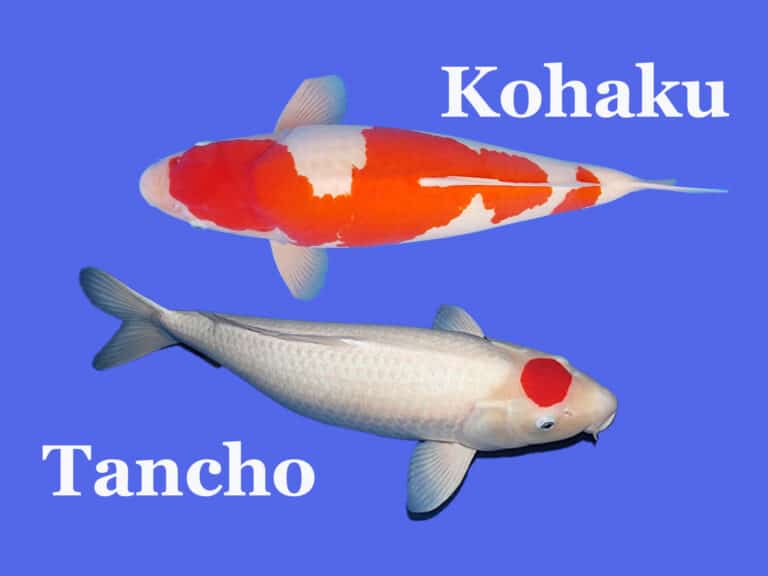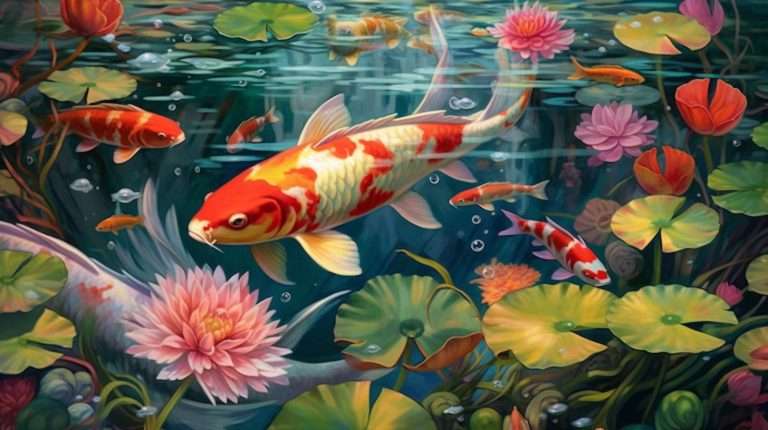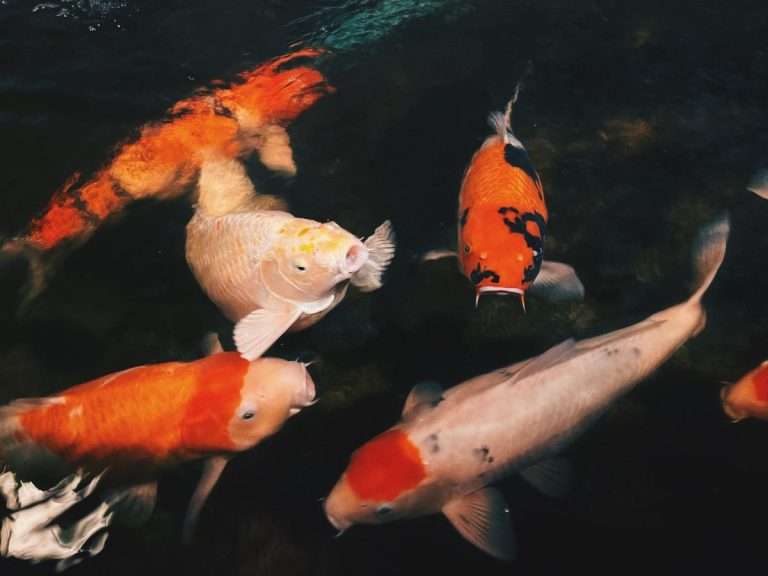Koi Fish: 5 Fascinating Facts
Koi fish have become synonymous with luck, prosperity, and good fortune in Asian culture. These ornamental fish are captivating additions to any pond or landscape and require specific care and attention to thrive.
Did you know that there are over 100 different varieties of koi fish, and they have the potential to live for over 200 years?
Koi fish have a rich history and cultural significance in Asia, where they originated from. These fish were first bred in Japan in the 1820s and quickly became popular due to their vibrant colors and patterns.
In Japanese culture, koi fish symbolize perseverance and strength, known for their ability to swim upstream against strong currents. Today, koi fish are enjoyed all over the world, and they are regarded as beautiful and captivating creatures that have the potential to bring good luck and prosperity.
History and Culture
Amidst their popularity as ornamental fish, koi fish holds great cultural significance in Asian culture, symbolizing luck, prosperity, and good fortune, as evidenced by their widespread use in gardens and ponds across the continent.
In Japanese, the word “koi” means “carp,” but the term “Nishikigoi” is used to refer specifically to the colorful and decorative varieties of koi fish.
The origins of koi fish can be traced back to China, where they were first kept as food fish. In Japan, however, koi were bred for their beauty, and selective breeding led to the development of the stunning and diverse color patterns now associated with the fish.
In Japanese culture, koi fish are often associated with perseverance and determination, known for their ability to swim upstream against strong currents. This association is reflected in the practice of “koi nobori,” or the displaying of koi-shaped windsocks on Children’s Day, celebrated on May 5th in Japan.
The windsocks, which are often flown on a pole, are meant to symbolize the strength and perseverance that parents wish for their children.
In China, koi are associated with good luck and fortune and are often depicted in art and literature as symbols of wealth and success.
Overall, koi fish have played an important role in Asian culture for centuries and are celebrated today for their beauty, symbolism, and cultural significance.
Varieties and Characteristics
The numerous varieties and distinct characteristics of koi fish result from selective breeding in Niigata, Japan, and are categorized into 16 groups. These groups include Kohaku, the most popular variety, which is white with red markings; Sanke, which has a white base with red and black markings; and Showa, which has a black base with red and white markings. Other popular varieties include Ogon, a metallic-colored fish, and Bekko, a white fish with black, red, or yellow markings.
The color and pattern of koi fish can vary greatly, with some having a single color and others having multiple colors. The price of a koi fish is determined by its genetic lineage, variety, pattern, size, origin, and number of fish purchased. Symmetry and steps in ways can increase the price, and larger fish are generally more expensive than smaller ones.
With new varieties constantly being developed through selective breeding, the world of koi fish continues to evolve and fascinate enthusiasts.
Care and Maintenance
Maintaining a healthy koi pond is like tending to a delicate ecosystem, as water quality, pond conditions, and nutrition all play essential roles in improving the lifespan of these ornamental fish.
Monitoring pH, ammonia, nitrite, and oxygen levels are essential to ensure good water quality. Regular water changes and filtration system maintenance can help keep the water clean and healthy for the koi.
Pond conditions are also essential to consider. Koi require a deep pond to stay in during winter and a shaded area to protect them from the sun. Plants can provide oxygen and create a natural habitat for the koi, while rocks and hiding places can provide shelter.
Proper nutrition is also crucial for the health of koi, as overfeeding can lead to health issues. Commercial koi fish foods are available to provide complete nutrition, but following feeding guidelines and avoiding overfeeding is essential.
Providing appropriate vet care can also help improve the lifespan of koi.
Frequently Asked Questions
Are there any superstitions or beliefs associated with owning koi fish?
In Asian culture, koi fish are associated with luck, prosperity, and good fortune. However, no scientifically proven superstitions or beliefs are associated with owning koi fish.
How do koi fish reproduce, and what is the breeding process like?
Koi fish reproduce through external fertilization, where the male releases sperm and the female releases eggs. The breeding process involves selecting compatible pairs, monitoring water conditions, and providing adequate nutrition. Fry are cared for in separate tanks until they mature.
Can koi fish be kept in a tank, or do they require a pond?
Koi fish require a large, deep pond to live in, as they can grow up to 3 feet in length. They need space to swim and adequate filtration to maintain water quality. Keeping them in a tank is not recommended.
Are there any common diseases or health issues that affect koi fish?
Koi fish can experience various health issues, including bacterial infections, parasitic infestations, and viral diseases. Overfeeding and poor water quality can also lead to health problems. Proper nutrition and veterinary care can help prevent and treat these conditions.
How do koi fish behave in the wild, and how has their behavior changed in captivity?
Koi fish are initially from East Asia and inhabit slow-moving rivers, ponds, and streams. Their behavior has been altered in captivity due to selective breeding, confinement, and feeding. They are generally peaceful, friendly, and active fish.
Originally posted 2023-06-14 06:27:48.





